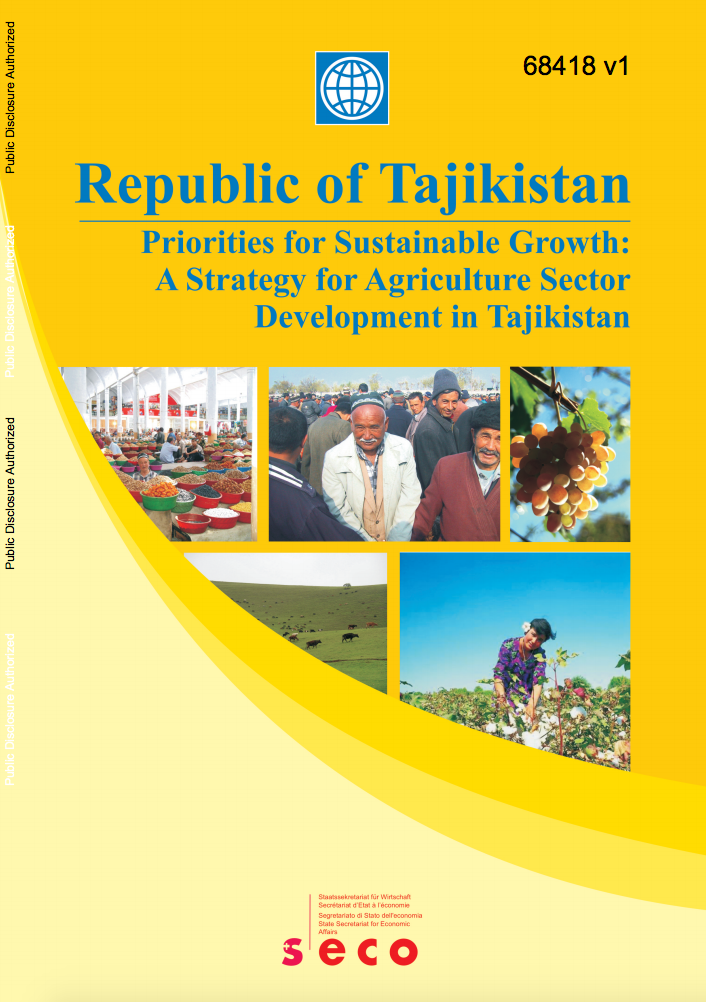Rising Global Interest in Farmland :
Can it Yield Sustainable and Equitable Benefits?
Interest in farmland is rising. And,
given commodity price volatility, growing human and
environmental pressures, and worries about food security,
this interest will increase, especially in the developing
world. One of the highest development priorities in the
world must be to improve smallholder agricultural
productivity, especially in Africa. Smallholder productivity
is essential for reducing poverty and hunger, and more and


